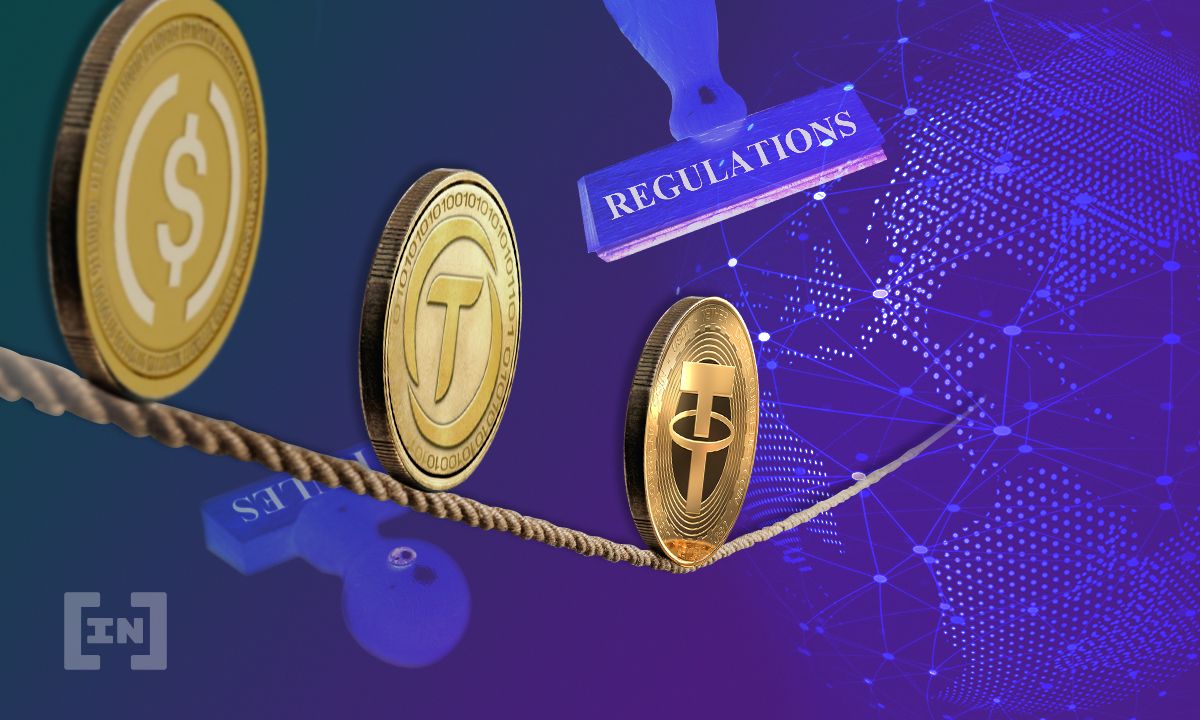A recent report by the New York Federal Reserve has opined that stablecoins will not be an integral part of the future of payments — in the U.S. at least.
The Feb 7 report penned by professor of economics at the University of California Rod Garratt, and three senior bank researchers titled ‘The Future of Payments Is Not Stablecoins’ proposed three reasons for their hypothesis.
The stablecoin conundrum
The first argument was that stablecoins tie up liquidity unnecessarily. Regulators are pushing for stablecoins that are fully backed by their fiat equivalent but this means that these liquid assets are not available for other uses “such as helping banks satisfy their regulatory requirements to maintain sufficient liquidity,” which could lead to “disruptive shortages of safe and liquid assets.”
Secondly, stablecoins that do not tie up this liquidity would be seen as “risky and less fungible.” This means that users need to consider whether to accept stablecoins at face value.
The final argument outlined in the report was a little questionable as it claimed that there was already “an efficient form of digital money,” but it needs to be “adapted to a new environment.” It proposed a solution of “tokenized deposits” where depositors would be able to convert into and out of digital tokens on the blockchain. The researchers concluded:
“If DLT platforms are the transfer mechanism of the future, then it seems worthwhile to find the best possible money that can be used on that transfer mechanism.”
Begging to differ
Blockchain expert and founder and CEO of Avanti Bank and Trust Caitlin Long tweeted a response on Feb 8 to what she claimed was a “wonky topic” in trying to fit stablecoins into the plumbing of traditional finance.
To the first argument about stablecoins unnecessarily tying up liquidity, she agreed wholeheartedly. There was disagreement with the lack of fungibility argument, and the third suggestion was “terrible” due to the nature of how banks operate.
“Fiat-backed stablecoins create collateral siloes that suck already scarce collateral out of the very markets upon which Wall St. banks rely for funding.”
This is naturally a red flag for the central bank which “knows the status quo for fiat-collateralized stablecoins is unsustainable,” she added.
Long countered the second argument with an analogy regarding checks issued by banks which also were questionable in terms of fungibility.
“The near-fungibility of stablecoins today comes from their TECH: network effects, speed & ease of integration with the platforms on which stablecoins are issued (eg, a ubiquitous, open, permissionless protocol like Ethereum).”
Tokenized deposits: a terrible idea
The third argument was great in principle but posed problems because banks operate on leverage and fractional reserves (the exact thing Satoshi Nakamoto was so against when he envisioned Bitcoin in the wake of the 2008 financial crisis). Issuing stablecoins or “tokenized deposits” is a “terrible idea,” she said, explaining:
“That would concentrate big risks into the very core of the financial system. Why? because leveraged banks issuing stablecoins would massively increase the risk of bank runs.”
Fast settlement speeds on a blockchain would be dangerous for banks because they “borrow short and lend long,” so a bank run may not be realized until the bank settles at the end of the day, she concluded.
Trusted
Disclaimer
All the information contained on our website is published in good faith and for general information purposes only. Any action the reader takes upon the information found on our website is strictly at their own risk.

